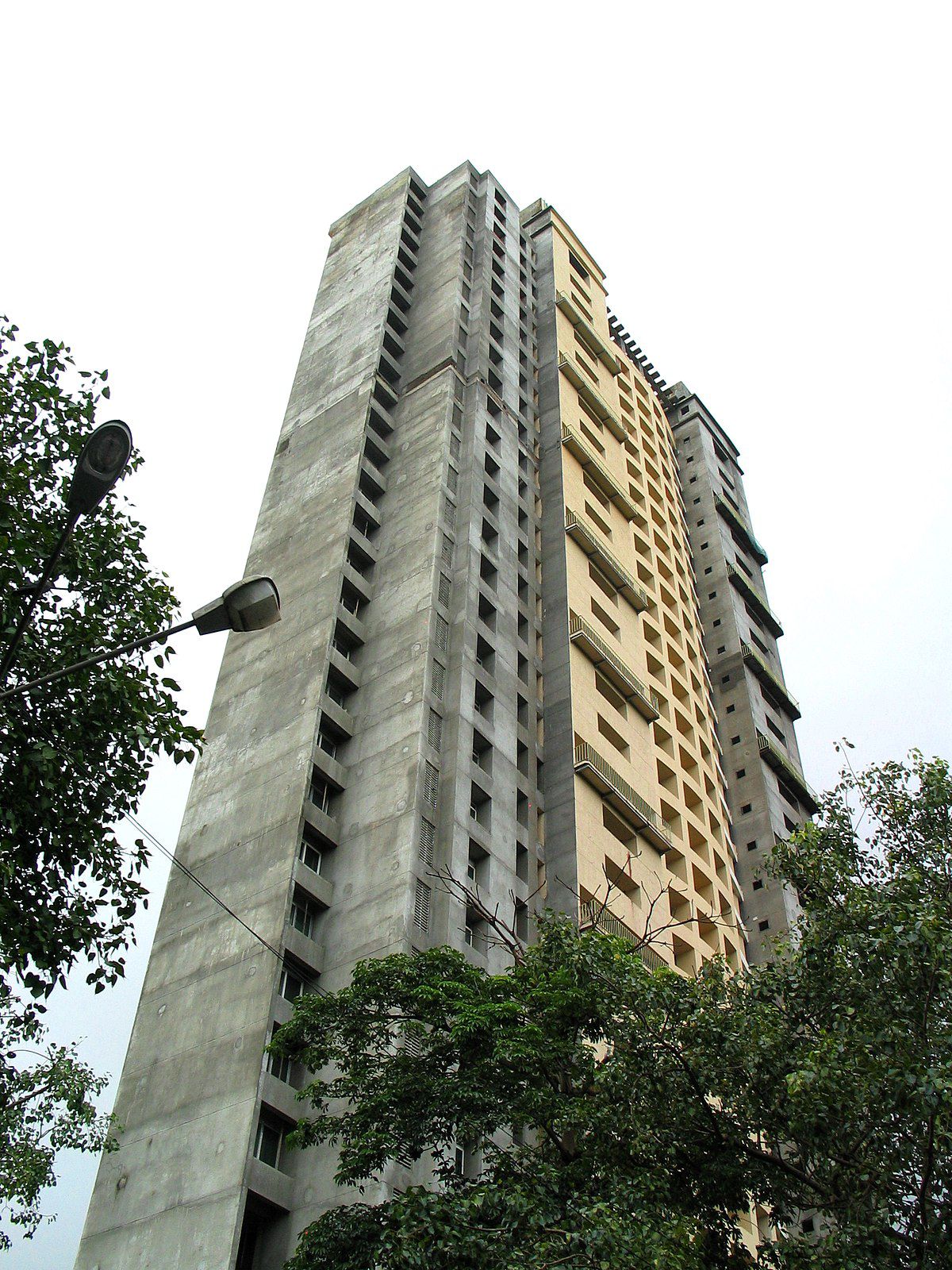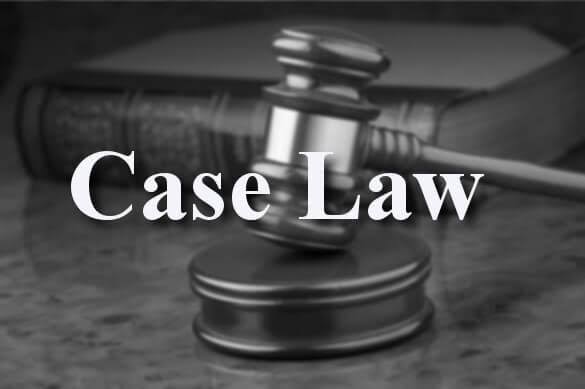Author- Geeta Ashokrao Shinde, Manikchand Pahade law College Ch.Sambhajinagar
To the Point
The Adarsh Housing Society scam centers on the illegal construction and allotment of a 31‑storey high‑rise in
Colaba, Mumbai—a plot originally designated for Kargil war widows and defense personnel. Launched in
1999, the project evolved into a nexus of corruption involving politicians, bureaucrats, military officials, and
defense ministry employees. They leveraged their authority to bypass statutory environmental and defense
clearances, orchestrated benami transactions, and unlawfully acquired prime real estate. Investigations by
the CBI, ED, and Income‑Tax Department revealed a criminal conspiracy under IPC Section 120B and multiple
provisions of the Prevention of Corruption Act. The Bombay High Court, in 2016, ordered demolition of the
illegally added floors alongside pursuing criminal prosecutions. Though multiple prosecutions are ongoing—
including those against former CMs like Ashok Chavan—the case remains largely sub judice as of mid‑2025.
Use of Legal Jargon
IPC, Section 120B (criminal conspiracy):
Central to the case, charging individuals who entered a mutual agreement to commit illegal acts (e.g.,
circumventing environmental norms and defense clearance) .
Prevention of Corruption Act (Sections 7–13):
Encompasses bribery, criminal misconduct, and abe ment provisions used in prosecuting bureaucrats and
officials .
Benami Transactions Prohibition Act :
Targeting 22 benami allottees; aimed at depriving individuals of ownership obtained via proxies
Environmental Clearance & Coastal Regulation Zone (CRZ) Norms :
The project lacked requisite environmental and defense-related clearances, leading to enforcement by
MoEF, MMRDA, and Bombay HC.
Judicial Sanction for Prosecution (Art.361/CrPC Section 197):
Relevant to prosecution of ex–Chief Minister Ashok Chavan, where gubernatorial sanction was challenged
and eventually quashed by Bombay High Court.
The Proof
Judicial Commission Report (Apr 2013)
The commission, led by Justice J.A.Patil and retired Secretary P.Subramanian, uncovered:
25 unlawful allotments, 22 via proxies (benami)
Political support from four ex-Chief Ministers including Chavan, Deshmukh, Shinde
Flagrant rules violations: bypassing environmental and defense clearances & flouting floor‑space index
Norms.
Press & RTI Revelations
RTI disclosures detailed:
Significant reduction in public road widths (Capt Prakash Pethe Marg)
Missing files from Urban Development Dept during the CBI probe.
CBI FIR & Chargesheet
FIR lodged on 29 Jan 2011 under IPC 120B and various corruption provisions, naming 14 accused, including
then‑CM Ashok Chavan
Chargesheet filed on 4 July 2012
ED pursued proceeds-of-corruption, attaching assets under PMLA
Judicial Orders & Hearings
Bombay High Court, Feb–Mar 2012: Criticized slow actions by CBI & ED, mandated arrests and attachments.
Bombay HC, Apr 2016: Ordered demolition for violating defense and environmental norms
Supreme Court, Jul 2016: Directed Centre to take over building; stay issued allowing retrieval of records
Prosecution of Individuals
Arrests (2012): Nine individuals including Pradeep Vyas, Maj. Gen. T.K. Kaul, A.R. Kumar, M.M. Wanchu, Jairaj
Phatak
Bail (May 2012): Seven granted bail due to delayed chargesheet
Discharges (May 2023): HC discharged Gidwani and Jagiasi from bribery charges under Sections 8 and 9
6. Gubernatorial Sanction Controversy — Ashok Chavan
Dec 2013: Governor Sankaranarayanan refused sanction
Feb 2016: Governor Rao granted sanction
Page 2 of 4 Dec 2017: Bombay High Court quashed sanction as CBI failed to produce fresh evidence
Feb 2024: Trial court yet to commence proceedings owing to Chavan’s petition; SC stayed proceedings Jan 2018.
Abstract
The Adarsh Housing Society scandal is emblematic of entrenched corruption within India’s political,
bureaucratic, and military systems, where authority was misused to appropriate defense land and increase
the height of a building in a sensitive zone. Through collusive efforts involving CM Ashok Chavan, subsequent
CMs, veteran army chiefs, urban planning bureaucrats, and defense officials, regulatory clearance
procedures were systematically circumvented—resulting in unauthorized floors, environmental violations,
and defense safety breaches. The judicial inquiry and investigative agencies exposed the depth of the
conspiracy, leading to proposed demolition, ongoing prosecutions, and public institutional scrutiny. However,
the long-drawn legal battle, along with gubernatorial and judicial complexities, underscore the challenges of
delivering justice in high-profile corruption cases in India
Conclusion
The Adarsh Housing Society scam underscores a systemic failure wherein public servants—political, military,
and bureaucratic—deviated from their fiduciary responsibilities for personal and familial gain. For all judicial
intervention and creation of legal liability, the wheels of justice have turned slowly. The building still stands
(as of mid‑2025), prosecutions drag on, and strategic uses of gubernatorial protections have shielded some
accused from accountability.
That apart, the case catalyzed important judicial precedents: courts have held investigative agencies to
account, strengthened enforcement of environmental and defense norms, and clarified the necessity of
tangible evidence to secure gubernatorial sanction. However, the protracted legal battle raises questions
about deterrent efficacy.
Going forward, rapid trial disposal, transparent enforcement of judicial orders, and rigorous cooperation from
investigative agencies are imperative to fulfill both legal accountability and public sentiment. The Adarsh
saga remains a watershed moment for structural reforms in bureaucratic oversight and political decorum in
India.
FAQs
What triggered the Adarsh scam?
In August–October 2010, RTI activists and media reports revealed that the Adarsh Society had sought—and
received—permission to develop a 31‑storey tower in a defense area beyond approved six floors, intended for
Kargil widows. This sparked judicial and CBI scrutiny.
2. Who were the key accused?
Politicians: Ashok Chavan, Vilasrao Deshmukh, Sushilkumar Shinde, Narayan Rane (allegedly).
Bureaucrats: Jairaj Phatak, Pradeep Vyas, P.V. Deshmukh etc.
Military officers: Maj Gen Kaul, Brig Wanchu, Maj Gen Kumar.
3. What were the main legal violations?
IPC Section 120B* (criminal conspiracy)
Prevention of Corruption Act(Sections 7–13) Benami Transactions
Criminal breach of environmental & defense clearance protocols .
4. Have any convictions been achieved?
As of 2025, no convictions. Some accused granted bail in 2012; high-level registrations and charges are
pending. Two accused were discharged (2023) for lack of evidence.
5. What about building demolition?
Bombay HC approved demolition in 2016; SC granted a stay while ordering preservation and takeover by the
Centre. No wrecking. had occurred as of mid‑2025.
6. Why is Ashok Chavan still awaiting trial?
Initially denied prosecution (Dec 2013), later granted sanction (Feb 2016), and then had the sanction quashed
(Dec 2017). Proceedings have been stayed by Supreme Court (Jan 2018). No formal trial has begun.
7. What is the status of benami properties?
The Commission recommended cancelling 25 memberships and initiating action under the Benami Transactions Prohibition Act. Ongoing CBI/ED processes are in action
8. Has the case redefined legal processes?
Yes. It clarified that Delay by investigative agencies can draw judicial rebuke . Environment & defense clearances are legally enforceable Governor’s sanction requires prima facie evidence . Benami subterfuge must be addressed through financial prosecution.



